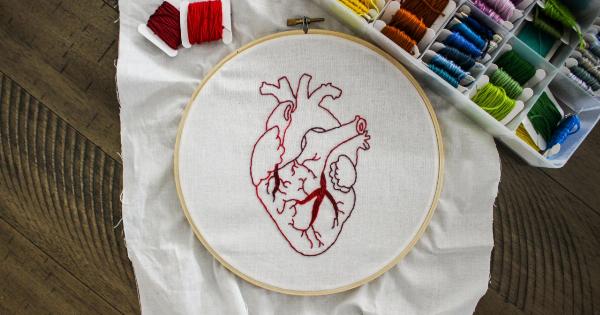Cardiology is a complex field that deals with the diagnosis, treatment, and management of cardiovascular diseases.
Professionals in this field must have a strong understanding of anatomy and physiology in order to properly diagnose and treat heart conditions. In this comprehensive guide, we will cover the various aspects of cardiology that you need to know in order to become a master in this field.
Cardiovascular System
The cardiovascular system consists of the heart, blood vessels, and blood. The heart is responsible for pumping blood through the blood vessels, and the blood carries oxygen and nutrients to the organs and tissues of the body.
Understanding the anatomy of the heart and the blood vessels is essential in diagnosing and treating cardiovascular diseases.
Anatomy of the Heart
The heart is a muscle that is roughly the size of a fist. It is located in the chest, slightly to the left of the center of the body. The heart has four chambers: the right atrium, the left atrium, the right ventricle, and the left ventricle.
The atria are the upper chambers of the heart, and the ventricles are the lower chambers. The walls of the ventricles are much thicker than the walls of the atria because the ventricles have to pump blood to the rest of the body.
Anatomy of the Blood vessels
The blood vessels are divided into three types: arteries, veins, and capillaries. Arteries carry oxygenated blood away from the heart, while veins carry deoxygenated blood back to the heart.
Capillaries are the smallest blood vessels and are responsible for exchanging oxygen and nutrients with the tissues of the body.
Cardiomyopathy
Cardiomyopathy is a disease of the heart muscle that causes it to become enlarged, thickened, or rigid. This can lead to heart failure or arrhythmias.
There are several types of cardiomyopathy, including dilated cardiomyopathy, hypertrophic cardiomyopathy, and restrictive cardiomyopathy.
Arrhythmia
An arrhythmia is an abnormal rhythm of the heart that can cause the heart to beat too fast, too slow, or irregularly. There are several types of arrhythmias, including atrial fibrillation, ventricular fibrillation, and heart block.
Treatment for arrhythmias can include medications, procedures to correct electrical problems in the heart, or surgery.
Heart Failure
Heart failure is a condition in which the heart is unable to pump enough blood to meet the body’s needs. Symptoms of heart failure can include shortness of breath, fatigue, and swelling in the legs and ankles.
Treatment for heart failure can include medications, lifestyle changes, or surgery.
Coronary Artery Disease
Coronary artery disease occurs when the arteries that supply the heart with blood become narrowed or blocked. This can lead to chest pain, shortness of breath, or a heart attack.
Treatment for coronary artery disease can include medications, lifestyle changes, or surgery.
Peripheral Artery Disease
Peripheral artery disease occurs when the arteries that supply blood to the legs become narrowed or blocked. This can lead to pain in the legs when walking, numbness, or tingling.
Treatment for peripheral artery disease can include medications, lifestyle changes, or surgery.
Valvular Heart Disease
Valvular heart disease occurs when one or more of the valves in the heart become damaged or diseased. This can lead to symptoms such as shortness of breath, fatigue, or swelling in the legs and ankles.
Treatment for valvular heart disease can include medications, procedures to repair or replace the valves, or surgery.
Conclusion
Mastering cardiology requires a thorough understanding of the cardiovascular system, including the anatomy of the heart and blood vessels, and the various diseases and conditions that can affect the heart and blood vessels.
By understanding the fundamentals of cardiology, you can diagnose and treat cardiovascular diseases and improve the health and well-being of your patients.



























